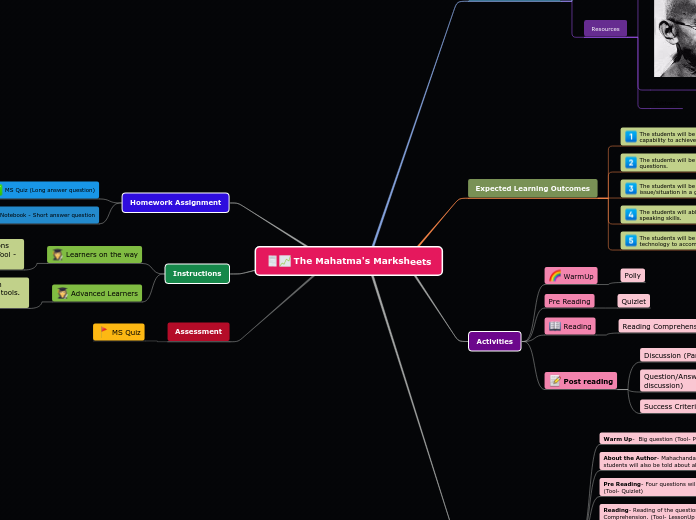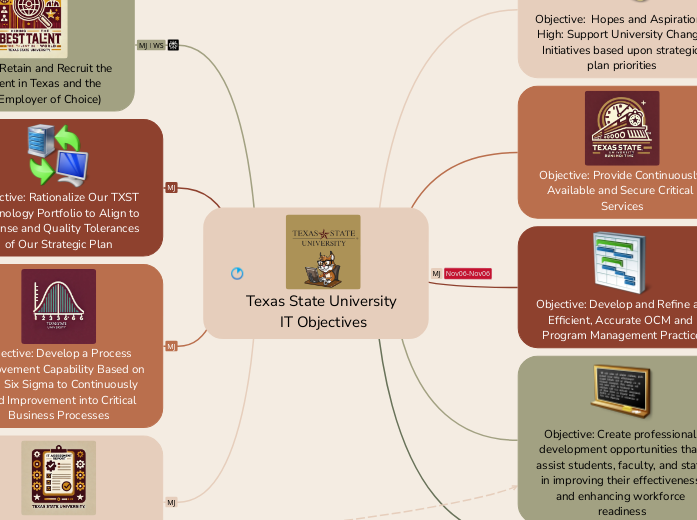CEDO 535: Facilitating Collaboration Using Web 2.0 Tools
Artifact 4
Link to my Google Reader RSS Feeds
for Educational Technology
Artifacts 1 & 2
Description: These are two different assignments that I combined.
1) Create a podcast or screencast.
2) Start a Googe Site or Wiki that you will use in your work environment with others.
Reflection: I had already created a Google site to use for content delivery and collaboration in teacher training so I instead focused on what I’m good at, explaining how to use technology. The screencast was the first I’d made in a long time and gave me a chance to hone my skills and is directed towards teaching how to embed Web 2.0 creations and objects in Google Sites, a task that the casual teacher/user probably doesn’t know how to do. Learning the trick myself has given me the ability to enhance what I create in Google sites to a level of much more interactivity and media possibilities. The site itself give several examples of how to embed creations.
Link to Vanilla-CPS website.
The "How To" page using Screenr is the screencast.
Link to report about the creation of this Google Site.
Description
A study of the using Web 2.0 tools for collaboration using the texts -
Richardson, W. (2010). Blogs, wikis, podcasts, and other powerful web tools for the classroom (3rd Edition). Thousand Oaks, California: Corwin Press.
Freedman, T (Ed.). (2006). Coming of Age: an introduction to the new world wide web. Illford, England: Terry Freedman Ltd (available online at http://edu.blogs.com/edublogs/files/Coming_of_age.pdf)
also including discussion of: the read-write web, blogs, blog hosting services review, issues with student blogging, wikis, Google Sites, Wikipedia as a reference and source, microblogging, twitter, photo sharing sites, following blogs & Twitter feeds, Google+, RSS, Creative Commons, social bookmarking/Diigo, podcasting, screencasting and crowdsourcing.
Subtopic
Artifact 3
Description: With the different features of these blog creation sites in mind. Write a paper which compares and contrasts at least three blog hosting sites, and how you could use them in your job.
Reflection: Mostly new to blogging beginning with this program, I now understand how beneficial blogging can be for education as a medium for reflection, communication, expression of thoughts, sharing, motivation, publishing among others. With the concerns for student privacy, safety and FERPA it is comforting to know there are blogging platforms specifically designed for education.
Link to blog hosting review.
Reflection
Previous to this course I hadn’t really joined the social web, not really caring about what the latest great coffee shop was or knowing where and what your “friends” are doing. Discovering the educational, professional development, collaborative, communicative and search uses of social tools was an eye opener for me. The discussion about how to use social tools responsibly with regard to student privacy, safety and FERPA will be a long debated discussion with different schools and administrations on either side. I look forward to the time and place where I may implement some of the social tools discussed in this course.
Looking further into course content delivery with collaborative features I got a chance to work with and discover some new tools like wikis and OpenClass as well as work more extensively with ones I was familiar with like Google Sites.









